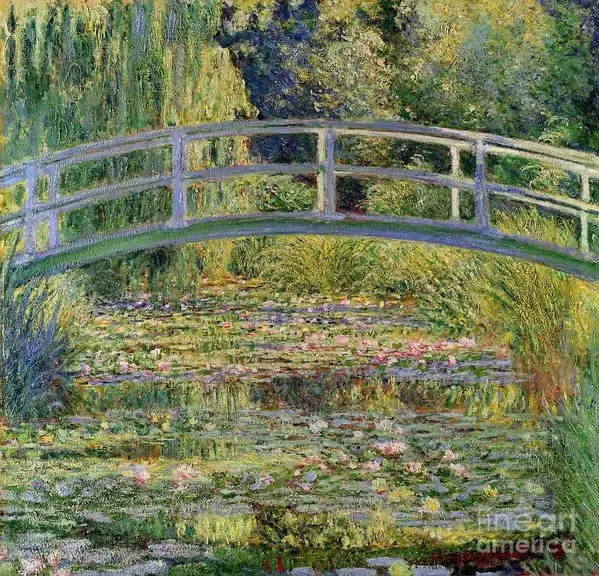Amelia Pawelczyk

Modern art is often criticised for its simplistic nature, often compared to the vast difference to Renaissance art. However, most people dismiss the meaning behind modern art due to its unpretentious elements.
Modern art emerged in the late 19th century, with significant contributors such as Gustave Courbet, Claude Monet, Vincent Van Gogh, and Paul Cezanne. These artists were well known for their rejection of traditional styles and their focus on different materials and techniques. The movement was further influenced by Pablo Picasso, Henri Matisse and Georges Braque, who played crucial roles in shaping modern art through their innovative approaches to painting and sculpture. Modern art is formulated through its experimentation with abstraction, emotional expression and a departure from traditional narratives and forms.
Some examples…

Vincent van Gogh

Gustave Courbet

Claude Monet
Modern art began to develop as a response to changing society and technology, it emerged as a reaction against traditional artistic conventions and sought to create works that reflected the experiences and values of modern life. Key movements such as impressionism, Cubism, Expressionism, and surrealism began to surface, each contributing to their own ways to depict the new world. Wassily Kandisnky and Salvador Dali were also big contributors in shaping the modern art landscape. The development of photograph, and other photomechanical techniques, also provided a new gateway into how society is viewed.

Wassily Kandisky

Salvador Dali
So how did Modern art become what it is today? We’ve all seen plain canvas in galleries and wondered, “why are they getting paid for this?” “I could do that myself”. But theres more than meets the eye in these pieces. Modern art prioritises concepts over techniques, it breaks away from past traditional ‘rules’ of art, it is intended to be quickly absorbed or to invoke a subjective experience.
It fosters self expression, challenges tradition and conventions- its new, its modern. Modern art completely abandons frigid rules of interpretation and allows artists to present their consensus and identity through multiple ways.

Yves Klein- Blue Canvas
For example, the Blue canvas by Yves Klein. This piece faced many criticisms for its simplicity, however the meaning behind this painting remains interesting. The artist, Yves Klein, stated that this piece was a representation of an “open window to freedom, as the possibility of being immersed in the immeasurable existence of colour”. He did use a range of colours, but his most iconic works was featured international Klein blue. A shade of blue that he claims he spent years creating, inventing and trademarking. Nonetheless, Klein also used materials like water, fire, air to create his work.
This illustrates that even the simplest painting has a rich history behind it. And if that doesn’t make it art, then what does?
Add comment
Comments